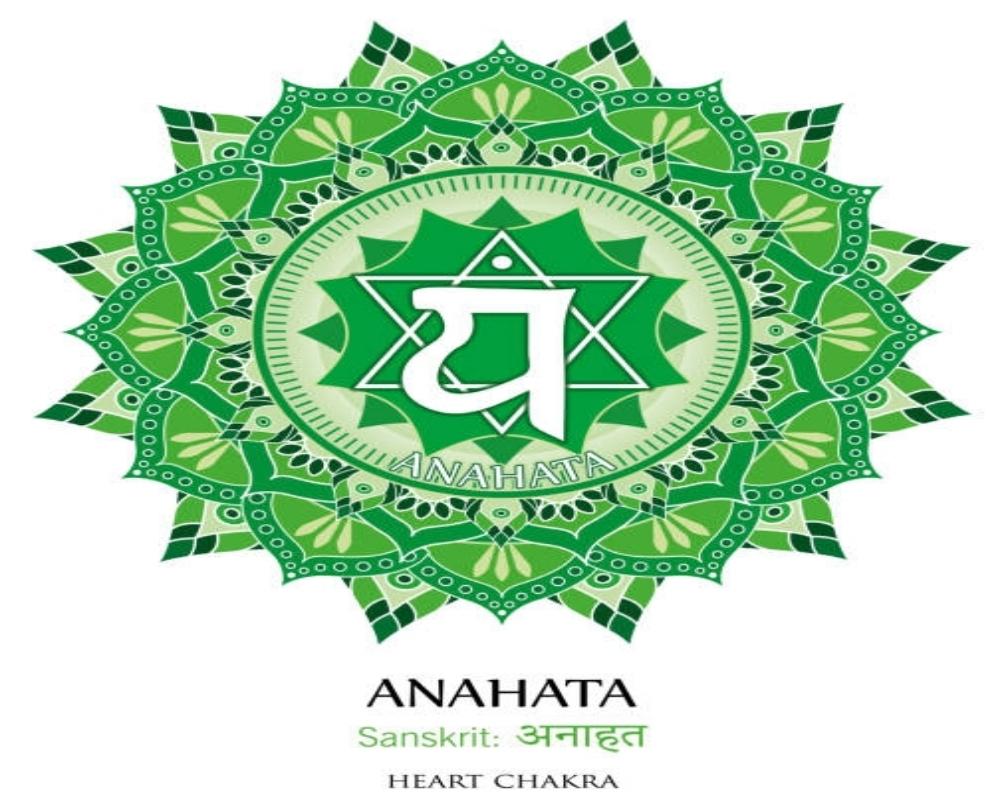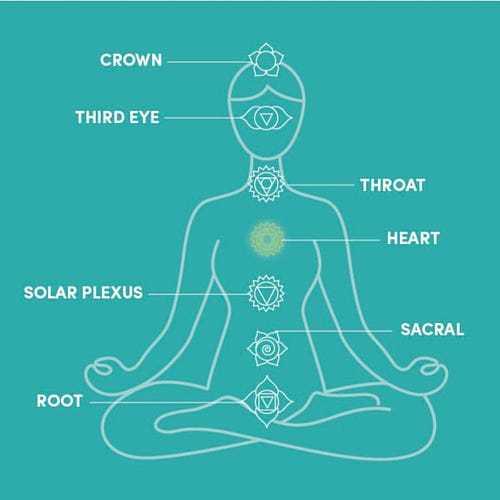Zen meditation. This ancient Buddhist tradition involves sitting upright and following the breath, particularly the way it moves in and out of the belly, and letting the mind "just be." Its aim is to foster a sense of presence and alertness.
Mantra meditation. This technique is similar to focused attention meditation, although instead of focusing on the breath to quiet the mind, you focus on a mantra (which could be a syllable, word, or phrase). The idea here is that the subtle vibrations associated with the repeated mantra can encourage positive change - maybe a boost in self-confidence or increased compassion for others - and help you enter an even deeper state of meditation.
Transcendental meditation . The meditation techniques and exercises in the Headspace app are not the Transcendental Meditation® (TM®) program, nor is the Headspace app endorsed by Maharishi Foundation USA, Inc., which teaches the Transcendental Meditation program. If you are interested in the Transcendental Meditation® (TM®) program you can visit the Maharishi Foundation's website . The Transcendental Meditation® program is taught one-on-one by instructors trained and licensed by Maharishi Foundation in a personalized and individual manner. The practice involves sitting comfortably with one's eyes closed for 20 minutes twice per day and engaging in the effortless practice as instructed. Students are encouraged to practice twice a day, which often includes morning meditation , and the a second session is in the mid-afternoon or early evening.
Yoga meditation . Just as there are many different types of meditation, so too exist many styles of yoga - particularly Kundalini yoga - that are aimed at strengthening the nervous system, so we are better able to cope with everyday stress and problems. However, in order to integrate the neuromuscular changes that happen during yoga and gain the greatest benefit from the practice, we must take time for savasana or Shavasana, known as corpse or relaxation pose , to relax the body and relieve tension.
Vipassana meditation . Another ancient tradition, this one invites you to use your concentration to intensely examine certain aspects of your existence with the intention of eventual transformation. Vipassana pushes us to find "insight into the true nature of reality," via contemplation of several key areas of human existence: "suffering, unsatisfactoriness," "impermanence," "non-self," and "emptiness."
Chakra meditation. This meditation technique is aimed at keeping the body's core chakras - centers of energy - open, aligned, and fluid. Blocked or imbalanced chakras can result in uncomfortable physical and mental symptoms, but chakra meditation can help to bring all of them back into balance.
Qigong meditation. This is an ancient and powerful Chinese practice that involves harnessing energy in the body by allowing energy pathways - called "meridians" - to be open and fluid. Sending this energy inward during meditation is thought to help the body heal and function; sending the energy outward can help to heal another person.
Sound bath meditation . This form uses bowls, gongs, and other instruments to create sound vibrations that help focus the mind and bring it into a more relaxed state.
78
36 reads
The idea is part of this collection:
Learn more about philosophy with this collection
How to overcome fear of rejection
How to embrace vulnerability
Why vulnerability is important for personal growth
Related collections
Similar ideas to
The Heart Chakra
The Heart Chakra called Anāhata in Sanskrit Is situated in the center of the chest just right of the heart area itself. It is a major chakra and is often at the center of the chakras since it distills the lower chakras energies so it may move up and relaxes the energy from the higher chakras when...
Qigong meditation
This Chinese practice involves harnessing energy in the body by allowing energy pathways to be open and fluid.
Chakras
In Sanskrit, the word “chakra” means “disk” or “wheel” and refers to the energy centers in our body. These wheels or disks of spinning energy each correspond to certain nerve bundles and major organs.
To function at their best, our chakras need to stay open, or balanced. If they are blocked...
Read & Learn
20x Faster
without
deepstash
with
deepstash
with
deepstash
Personalized microlearning
—
100+ Learning Journeys
—
Access to 200,000+ ideas
—
Access to the mobile app
—
Unlimited idea saving
—
—
Unlimited history
—
—
Unlimited listening to ideas
—
—
Downloading & offline access
—
—
Supercharge your mind with one idea per day
Enter your email and spend 1 minute every day to learn something new.
I agree to receive email updates

